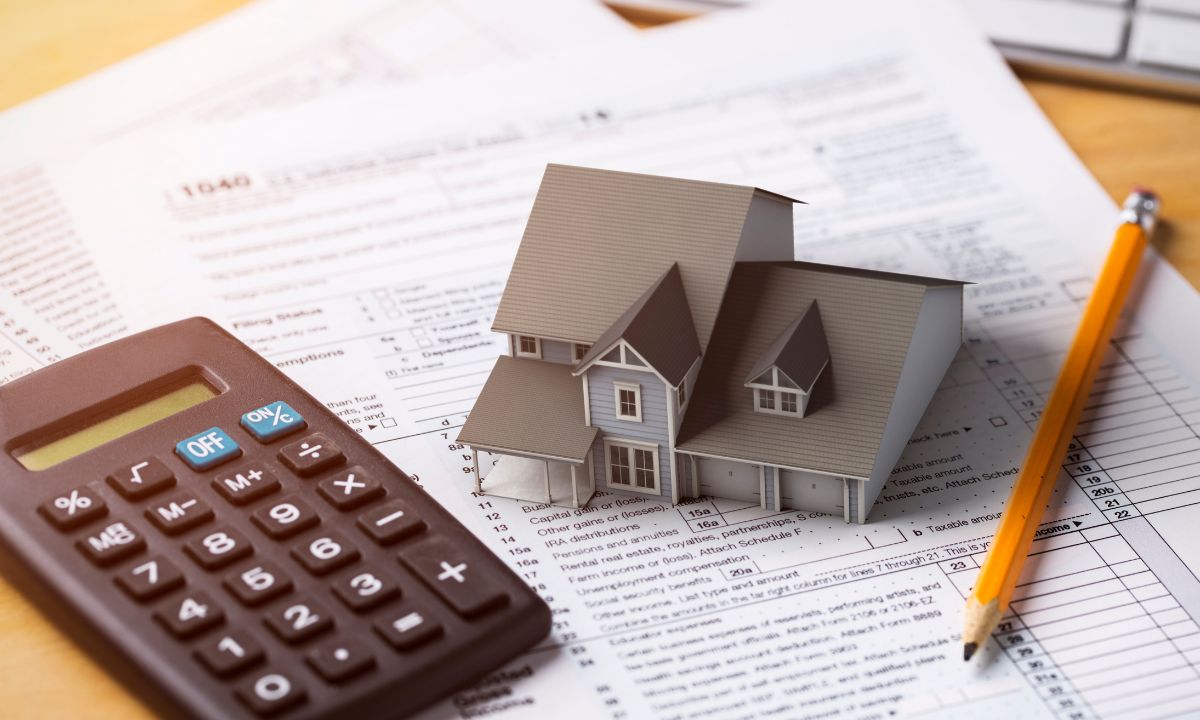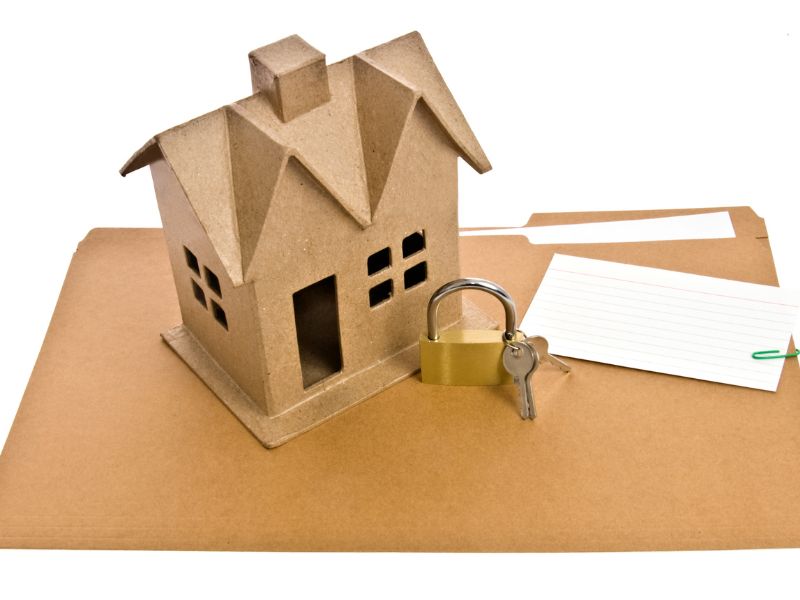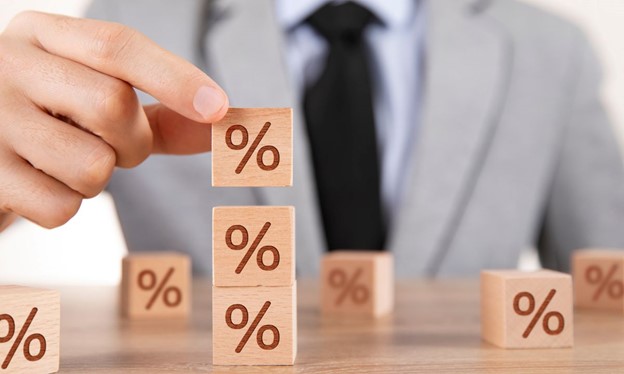How Economic Trends Influence Mortgage Lending
 As a consumer, understanding these economic trends can empower you to make informed decisions about your mortgage. Let’s discuss some key economic factors that influence mortgage lending and what they mean for you.
As a consumer, understanding these economic trends can empower you to make informed decisions about your mortgage. Let’s discuss some key economic factors that influence mortgage lending and what they mean for you.
Interest Rates: The Pulse of Mortgage Lending
Interest rates are perhaps the most significant economic indicator affecting mortgage lending. When the Federal Reserve adjusts its benchmark interest rate, it directly impacts the rates banks offer on mortgages.
Low-Interest Rates: In a low-interest-rate environment, borrowing costs decrease, making mortgages more affordable. This often leads to increased home buying, as lower monthly payments are more attractive to consumers.
High-Interest Rates: Conversely, high interest rates can dampen the housing market. Higher borrowing costs mean higher monthly payments, which can deter potential buyers and slow down the housing market.
Economic Growth and Employment
The overall health of the economy, measured by GDP growth and employment rates, also significantly influences mortgage lending.
Strong Economic Growth: When the economy is growing, employment rates are typically high, and wages are rising. This creates a favorable environment for mortgage lending, as more people have stable incomes and are confident in their ability to make mortgage payments. Lenders are also more willing to extend credit in such an environment.
Economic Downturns: On the flip side, during economic downturns, unemployment rises, and wages stagnate or fall. This can lead to stricter lending criteria as lenders become more cautious about extending credit. Consumers might also be more hesitant to take on large debts, such as mortgages, during uncertain times.
Inflation and Housing Market Trends
Inflation and specific trends in the housing market also play pivotal roles in mortgage lending.
Inflation: When inflation rises, the cost of living increases, and so do interest rates, as the Federal Reserve attempts to curb inflation. Higher interest rates translate to higher mortgage rates, which can slow down the housing market.
Housing Market Trends: Trends such as housing supply and demand, regional housing market strength, and overall housing prices also affect mortgage lending. In hot housing markets, where demand outstrips supply, prices rise, and lenders may become more competitive with their mortgage offerings. Conversely, in a cooling market, lenders might tighten their criteria to mitigate risk.
Government Policies and Regulations
Government policies and regulations can have a profound impact on mortgage lending.
Tax Policies: Changes in tax laws, such as the mortgage interest deduction, can influence the attractiveness of taking on a mortgage.
Regulatory Changes:
Regulatory changes can either tighten or loosen lending standards. Policies designed to encourage homeownership might make mortgages more accessible, while those aimed at preventing another financial crisis could result in stricter lending criteria.
Global Economic Factors
Global economic conditions can also trickle down to affect domestic mortgage lending. Events such as international trade tensions, geopolitical conflicts, and global economic slowdowns can impact interest rates and economic stability, influencing mortgage markets indirectly.
What This Means for You
As a potential homeowner or someone looking to refinance, staying informed about these economic trends can help you make strategic decisions. Here are some practical tips:
- Monitor Interest Rates: Keep an eye on the Federal Reserve’s actions and general interest rate trends. Lock in a mortgage when rates are low to save on interest over the life of your loan.
- Assess Your Financial Stability: Ensure that your income is stable and that you have a healthy credit score. This will make it easier to qualify for a mortgage, especially in uncertain economic times.
- Consider the Economic Cycle: If the economy is strong and growing, it might be a good time to buy, as employment is high, and incomes are generally rising. Conversely, during an economic downturn, you might face tighter lending conditions but could benefit from lower prices if you are financially secure.
- Stay Updated on Government Policies: Be aware of any changes in tax laws or regulations that could affect your mortgage. Understanding these can help you take advantage of beneficial policies or prepare for stricter lending standards.
- Think Long-Term: While economic conditions fluctuate, your mortgage is a long-term commitment. Consider not just the current economic environment but also your long-term financial goals and stability.
Economic trends have a significant impact on mortgage lending, influencing everything from interest rates to lender policies. By staying informed and understanding these trends, you can make better decisions and secure the best possible terms for your mortgage. Whether you’re a first-time homebuyer or looking to refinance, being aware of the economic landscape can help you navigate the complex world of mortgage lending with confidence.

 Are you in the market for a new home? One of the most crucial decisions you’ll face is choosing the right mortgage term. With options like 30-year and 20-year mortgages available, it’s essential to weigh the pros and cons to make an informed decision that suits your financial goals. Let’s discuss the debate of 30-year versus 20-year mortgages and explore which option might be better for you.
Are you in the market for a new home? One of the most crucial decisions you’ll face is choosing the right mortgage term. With options like 30-year and 20-year mortgages available, it’s essential to weigh the pros and cons to make an informed decision that suits your financial goals. Let’s discuss the debate of 30-year versus 20-year mortgages and explore which option might be better for you. Rate locks play a crucial role in the mortgage application process, helping borrowers secure a favorable interest rate for their home loan. Here’s an explanation of the importance of rate locks and when and how to secure the best rate:
Rate locks play a crucial role in the mortgage application process, helping borrowers secure a favorable interest rate for their home loan. Here’s an explanation of the importance of rate locks and when and how to secure the best rate: When it comes to securing a mortgage, borrowers are often confronted with various terms and figures that may seem confusing at first glance. Two key components that play a significant role in determining the cost of a mortgage are the interest rate and the APR (Annual Percentage Rate). Though they are related, it is crucial to understand the difference between them to make informed decisions while comparing different loan offers. This article aims to shed light on the dissimilarities between the mortgage interest rate and the APR, helping borrowers navigate the mortgage landscape more confidently.
When it comes to securing a mortgage, borrowers are often confronted with various terms and figures that may seem confusing at first glance. Two key components that play a significant role in determining the cost of a mortgage are the interest rate and the APR (Annual Percentage Rate). Though they are related, it is crucial to understand the difference between them to make informed decisions while comparing different loan offers. This article aims to shed light on the dissimilarities between the mortgage interest rate and the APR, helping borrowers navigate the mortgage landscape more confidently. Is your credit score holding you back from getting the best rate on your next mortgage? The good news is that there are actions that you can take to increase your credit score and improve the interest rate offered on your next home loan.
Is your credit score holding you back from getting the best rate on your next mortgage? The good news is that there are actions that you can take to increase your credit score and improve the interest rate offered on your next home loan.